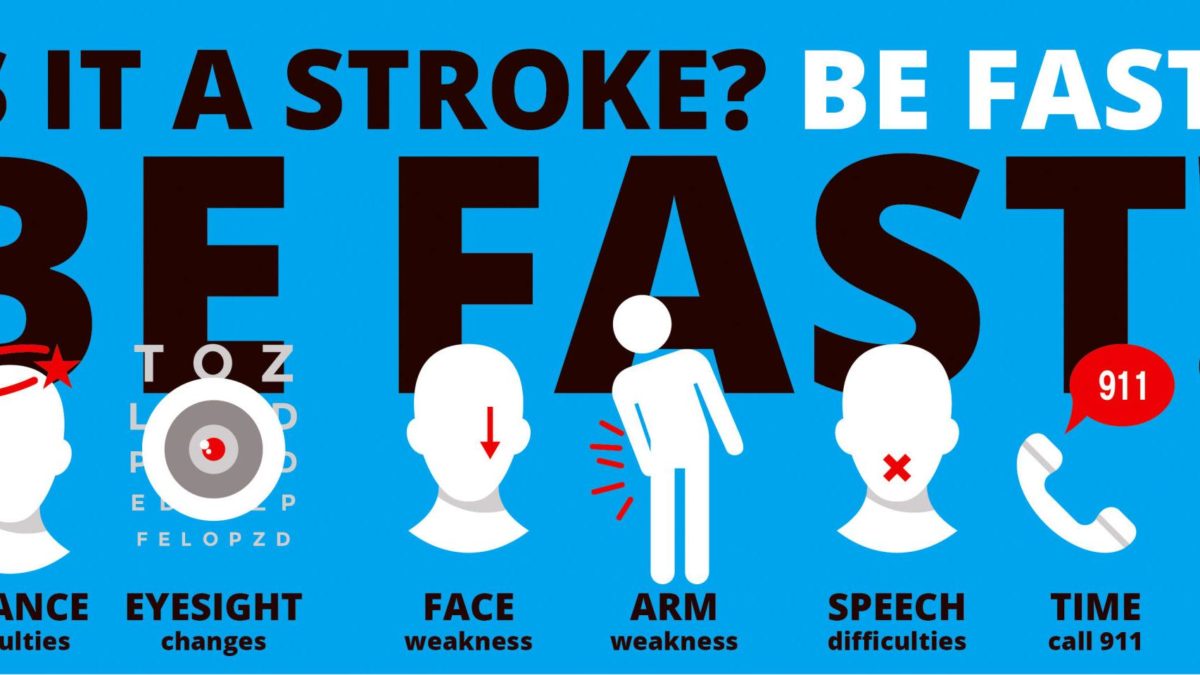BEFAST: How to Recognize a Stroke
 Elyse Newland is an Occupational Therapist who loves her work but is frustrated with the state of U.S. healthcare. She works specifically with stroke survivors and continues to explore ways to route around the system to get survivors the resources they need. Elyse makes stroke information and treatment simple via her weekly blog post on her website and her weekly YouTube video. She also provides teletherapy for stroke survivors in TN, GA, NC, OR, and CA. You can find her at https://elysenewland.com/
Elyse Newland is an Occupational Therapist who loves her work but is frustrated with the state of U.S. healthcare. She works specifically with stroke survivors and continues to explore ways to route around the system to get survivors the resources they need. Elyse makes stroke information and treatment simple via her weekly blog post on her website and her weekly YouTube video. She also provides teletherapy for stroke survivors in TN, GA, NC, OR, and CA. You can find her at https://elysenewland.com/A recent article published by the American Heart Association found that almost 30% of adults under 45 don’t know the 5 main symptoms of a stroke. May is National Stroke Awareness Month here in the United States.
To honor that and, with the understanding that a large percentage of adults can’t recognize stroke symptoms, I think it’s a pretty worthy topic to cover. You can check out my video above or keep reading to learn how to use the acronym BEFAST to quickly recognize stroke symptoms.
BEFAST: Recognize Stroke Symptoms
B: Balance
Someone who is having a stroke can present with a lack of balance, dizziness, difficulty with walking, or coordination issues. These issues can develop due to a few different reasons.
The nature of a stroke means that blood supply is not getting to an area of the brain. That in itself can cause dizziness.
However, there are certain areas of the brain that keep our vestibular system in check (primarily the cerebellum). If the stroke occurs in one of the blood vessels bringing oxygen and nutrients to the cerebellum, this can result in dizziness, balance issues, or problems with coordination.
E: Eyes
Someone experiencing an active stroke can have vision changes. This might be double vision, difficulty seeing out of one or both eyes, or blurred vision. This happens because the eyes are very close to the brain.
Blood vessels that bring oxygen and nutrients to the brain bring those things to the eyes as well. All of our body cells need oxygen and nutrients to function properly, including our eyes.
When the vessels that serve your eye or eyes are disrupted, that can result in vision changes.
F: Facial Drooping
During a stroke, you may notice that one side of your face droops or feels numb. It’s most noticeable if you ask someone to smile. One side of the person’s mouth will curve up into a smile, but the other side will remain straight. You may also notice that someone’s eyelid droops as well.
If there is damage to an area of the brain that communicates with the face, that side of the face may become paralyzed or have sensation issues.
A: Arm Numbness or Weakness
During an active stroke, you may immediately notice that one of your arms is numb or very weak. You can ask someone to lift both arms if you suspect a stroke.
You will see one arm lag behind and an inability to raise it to the same height as the other.
As I mentioned before, the area in the brain impacted by the stroke may be unable to successfully communicate with the rest of the body, leading to arm numbness or weakness.
S: Speech Difficulty
If someone begins slurring their speech, becomes confused, starts speaking gibberish, or just doesn’t make sense, they may be having an active stroke.
We have speech and language centers on both sides of our brain. If either of these areas is impacted during a stroke, this can lead to the symptoms I just listed.
T: Time to Call 911
If you think someone is actively having a stroke, don’t wait. If you’re in the U.S., call 911 immediately and get help on the way. If you’re in another country, immediately call your emergency healthcare line.
Comfort the person you’re with as best you can. Monitor their pulse and make sure they continue to breathe.
Stay on the line with the emergency line operator. The operator can help you stay calm and notify you of when the emergency response team will be arriving.
Using the acronym BEFAST can help you recognize the symptoms of a stroke quickly. You never know, you may save someone’s life!


